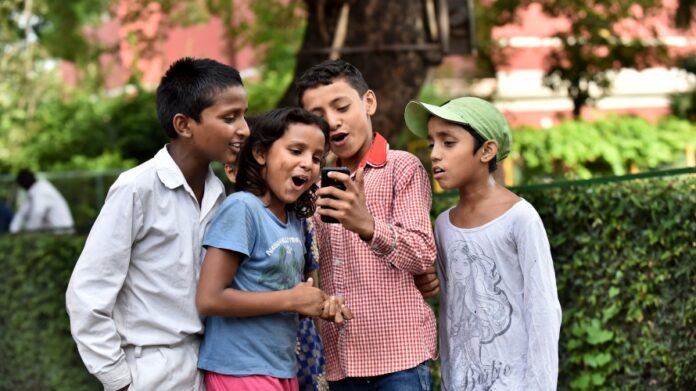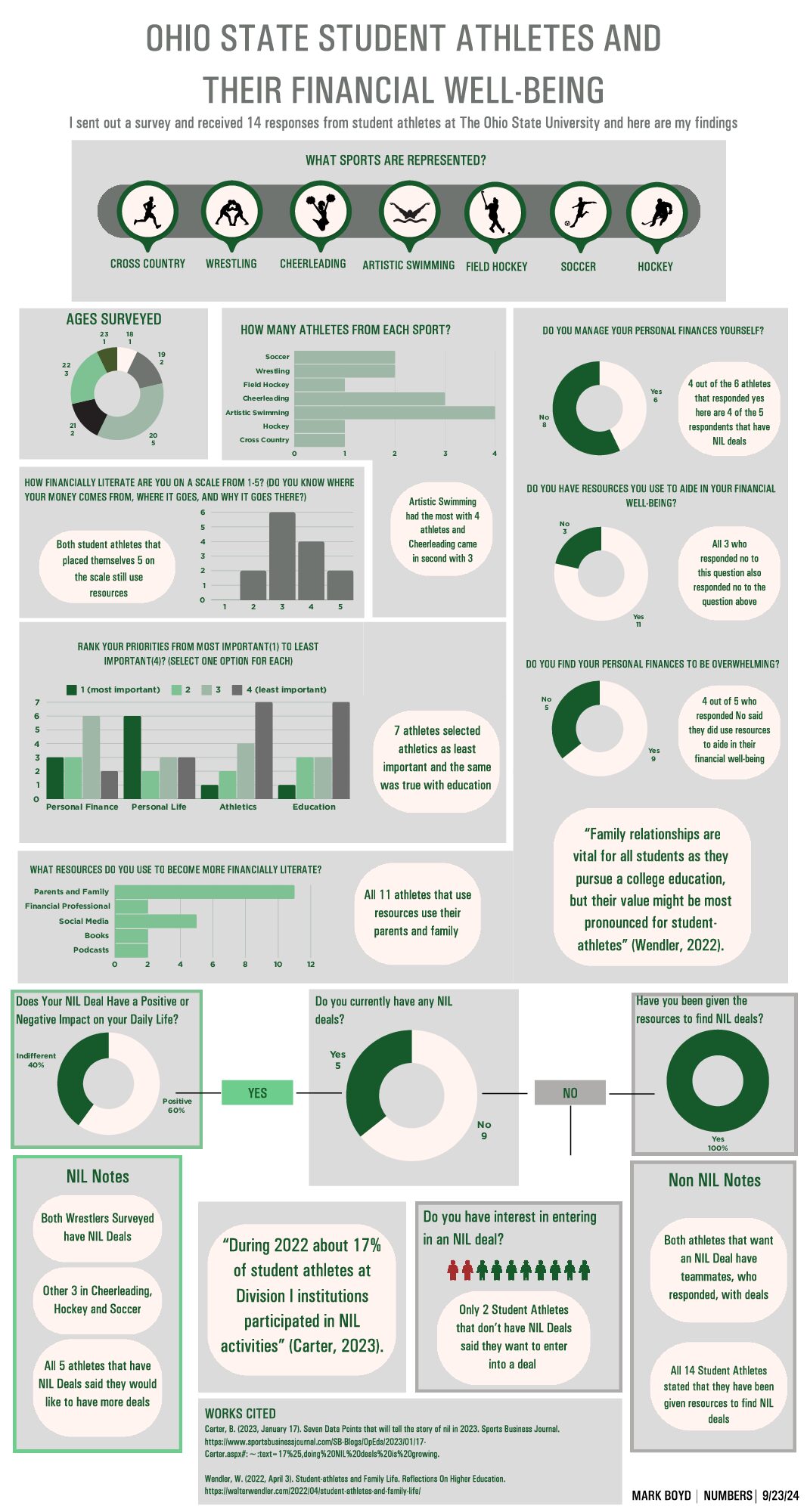By: Jasmina Byrne
11 December 2017
Despite children’s massive online presence – 1 in 3 internet users worldwide is a child – too little is done to protect them from the perils of the digital world and to increase their access to safe online content, UNICEF said in its annual flagship report released today.
The State of the World’s Children 2017: Children in a digital world presents UNICEF’s first comprehensive look at the different ways digital technology is affecting children’s lives and life chances, identifying dangers as well as opportunities. It argues that governments and the private sector have not kept up with the pace of change, exposing children to new risks and harms and leaving millions of the most disadvantaged children behind.
The annual flagship publication of UNICEF makes use of evidence generated by Global Kids Online (GKO), a research project and network that supports worldwide efforts to conduct rigorous, comparable research on children’s use of digital technology. A boy in South Sudan holds up his mobile phone, which shows his photograph, as tweeted the previous day.
A boy in South Sudan holds up his mobile phone, which shows his photograph, as tweeted the previous day.
“For better and for worse, digital technology is now an irreversible fact of our lives,” said UNICEF Executive Director Anthony Lake. “In a digital world, our dual challenge is how to mitigate the harms while maximizing the benefits of the internet for every child.”
The report explores the benefits digital technology can offer the most disadvantaged children, including those growing up in poverty or affected by humanitarian emergencies. These include increasing their access to information, building skills for the digital workplace, and giving them a platform to connect and communicate their views.
But the report shows that millions of children are missing out. Around one third of the world’s youth – 346 million – are not online, exacerbating inequities and reducing children’s ability to participate in an increasingly digital economy.
The report also examines how the internet increases children’s vulnerability to risks and harms, including misuse of their private information, access to harmful content, and cyberbullying. The ubiquitous presence of mobile devices, the report notes, has made online access for many children less supervised – and potentially more dangerous.
And digital networks like the Dark Web and cryptocurrencies are enabling the worst forms of exploitation and abuse, including trafficking and ‘made to order’ online child sexual abuse.
The report presents current data and analysis about children’s online usage and the impact of digital technology on children’s wellbeing, exploring growing debates about digital “addiction” and the possible effect of screen time on brain development.

The Global Kids Online Cross-Country Research Partnership
As co-coordinator of GKO, a cross country research partnership, UNICEF Innocenti has played a key role in providing evidence to support this year’s State of the World’s Children report. GKO is an international research project that aims to generate and sustain a rigorous cross-national evidence base around children’s use of the internet by creating a global network of researchers and experts.
Global Kids Online started out with 4 countries at the end of 2015, with the purpose of conducting pilot studies to inform the development of a research toolkit intended to support high-quality research on children’s online experiences worldwide (Argentina, Serbia, South Africa, Philippines). By the end of 2017, the Global Kids Online network has grown by another 11 countries (Montenegro, Bulgaria, Chile, Brazil, Uruguay, Ghana, New Zealand, Canada, Albania, India, China), bringing the total number of country partners up to 15, with research implementation taking place in many of these countries in 2017/2018.
Additional facts from the report include:
- Young people are the most connected age group. Worldwide, 71 per cent are online compared with 48 per cent of the total population.
- African youth are the least connected, with around 3 out of 5 youth offline, compared to just 1 in 25 in Europe.
- Approximately 56 per cent of all websites are in English and many children cannot find content they understand or that is culturally relevant.
- More than 9 in 10 child sexual abuse URLs identified globally are hosted in five countries – Canada, France, the Netherlands, the Russian Federation and the United States.
Only collective action – by governments, the private sector, children’s organizations, academia, families and children themselves – can help level the digital playing field and make the internet safer and more accessible for children, the report says.
The report includes a set of recommendations to help guide more effective policymaking and more responsible business practices to benefit children. UNICEF Innocenti’s child protection specialist Jasmina Byrne played a key role in drafting the recommendations which include:
- Provide all children with affordable access to high-quality online resources.
- Protect children from harm online – including abuse, exploitation, trafficking, cyberbullying and exposure to unsuitable materials.
- Safeguard children’s privacy and identities online.
- Teach digital literacy to keep children informed, engaged and safe online.
- Leverage the power of the private sector to advance ethical standards and practices that protect and benefit children online.
- Put children at the centre of digital policy.
“Digital policies need to be mindful of children’s needs and rights, particularly the most disadvantaged. They need to be evidence-informed and they need to continuously evolve to adapt to technological change and emerging challenges,” said Jasmina Byrne.
Source: http://globalkidsonline.net/sowc/
Comment:
What I found interesting in this article was even though it addressed the issue of 1 in 3 children having access to online, it also addresses the concern of children being exploited through the internet. For example, child trafficking and online child sexual abuse. That is why there are organizations created to not only provide children with affordable access to online resources but to protect them as well.





It is shocking to me that online sex trafficking and exploitation happens in 2021. This would be a difficult but very serious problem to address. To me, this is the pinnacle of online child safety. It would be interesting to look at methods already being used to stop these things from happening and think about what could be improved or done differently.